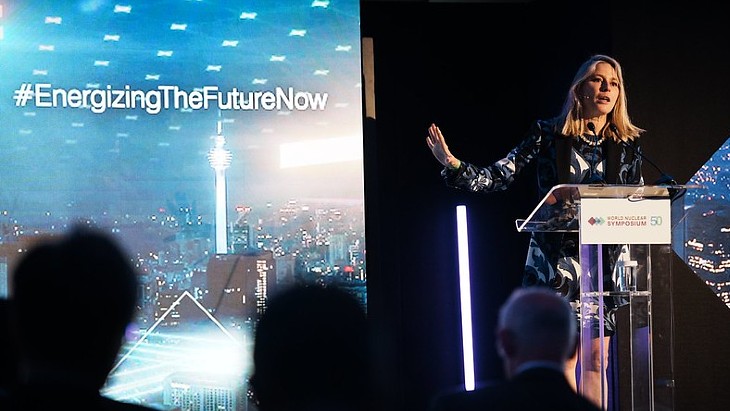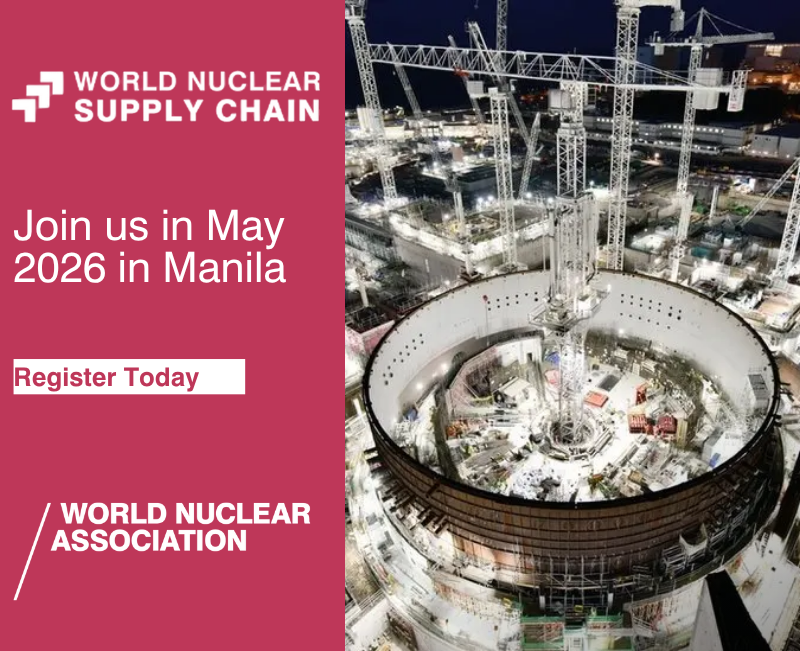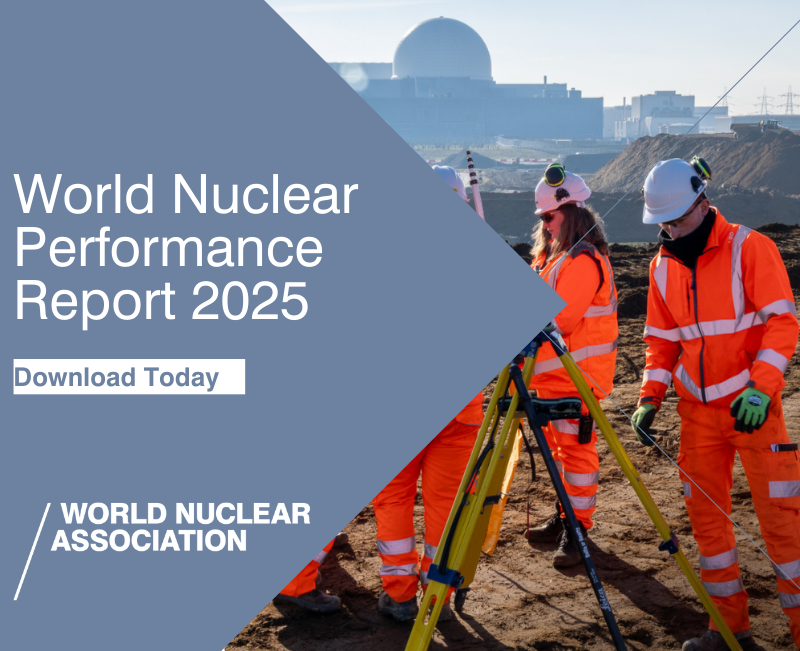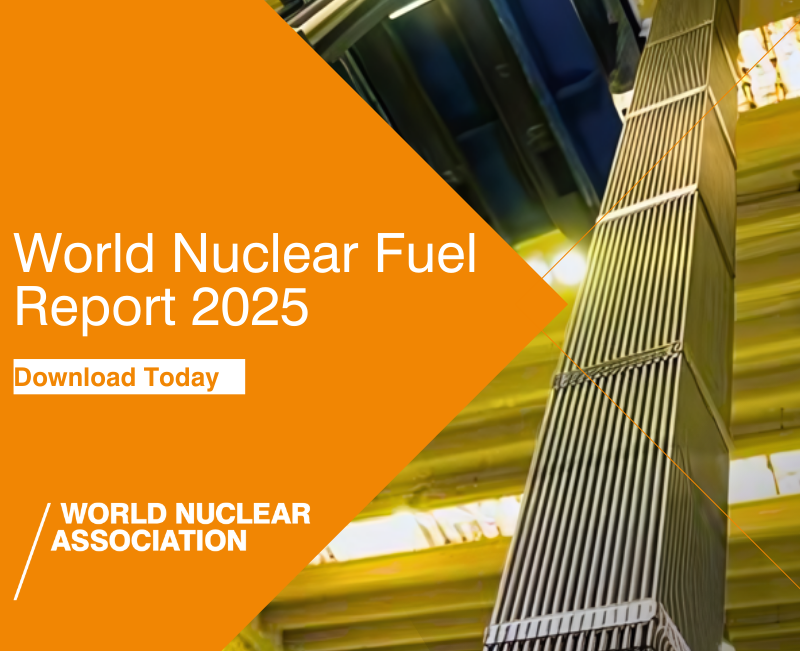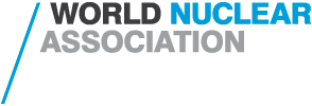Korea Electric Power Corporation (Kepco) and its subsidiary Korea Hydro and Nuclear Power (KHNP) originally submitted the design to the NRC in September 2013. They then submitted a revised version of its application in December 2014. The NRC completed an acceptance check in March 2015 and ruled that the revised application was sufficiently complete for it to undertake a full design certification review.
The design certification process determines whether a reactor design meets US safety requirements, independent of any specific site or plan to build. It is a required step before a reactor design can be built in the USA, as it can be referenced in construction and operation licence (COL) applications for specific reactor projects.
The NRC announced yesterday that it has completed its review and will issue a rule certifying the APR-1400 design. The rule will become effective 120 days following publication in the Federal Register.
The NRC has already certified five other standard reactor designs: General Electric's Advanced Boiling Water Reactor (ABWR); Westinghouse's System 80+, AP600 and AP1000; and, GE's Economic Simplified Boiling Water Reactor. It is also reviewing applications to certify Mitsubishi's US Advanced Pressurised Water Reactor (US-APWR) and the NuScale small modular reactor. NRC staff are also reviewing an application to renew the ABWR certification.
The APR-1400 is an evolutionary pressurised water reactor with its origins in the CE System 80+ model. Principally designed by Korea Engineering Company (Kopec), it produces 1400 MWe and has a 60-year design life. It supercedes the standardised 995 MWe OPR-1000 design, of which South Korea built 12. The APR-1400 features improvements in operation, safety, maintenance and affordability based on accumulated experience as well as technological development. Design certification by the Korean Institute of Nuclear Safety was awarded in May 2003.
Construction of the first two APR-1400s - as units 3 and 4 of South Korea's Shin Kori plant - began in October 2008 and August 2009, respectively. Unit 3, which was originally scheduled to enter commercial operation at the end of 2013, eventually reached first criticality in December 2015, was connected to the grid in January 2016 and entered commercial operation in December that year. Unit 4 achieved first criticality on 8 April this year, with grid connection on 22 April.
Construction of two further APR-1400 reactors at Shin Kori - units 5 and 6 - began in April 2017 and September 2018, respectively. Unit 5 is scheduled to begin commercial operation in March 2022, with unit 6 following one year later. Two further APR-1400 units are under construction in South Korea as units 1 and 2 of the Shin Hanul site.
A further four APR-1400s are under construction at Barakah in the United Arab Emirates, with the first of those units scheduled to begin operation in 2020.
CORRECTED: This story was corrected on 2 May 2019 to reflect that the NRC's ruling becomes effective 120 days after publication in the Federal Register and not 30 days as originally said by the NRC.

.jpg)



_50545.jpg)
_40405.jpg)
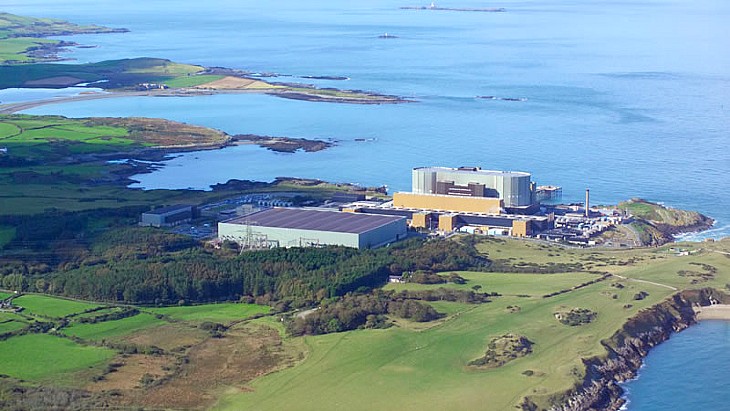
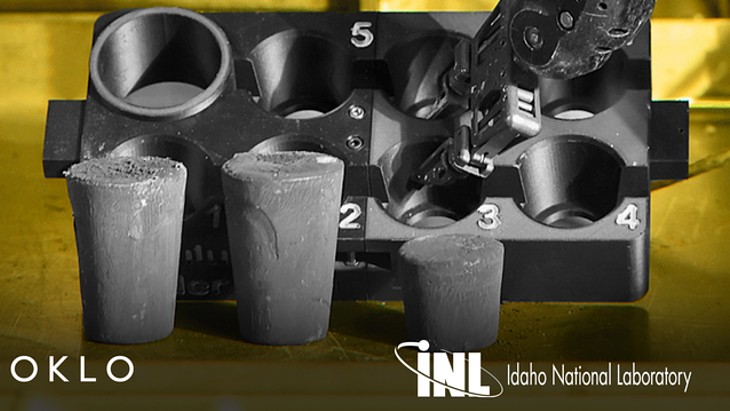
_76087_55556.jpg)
